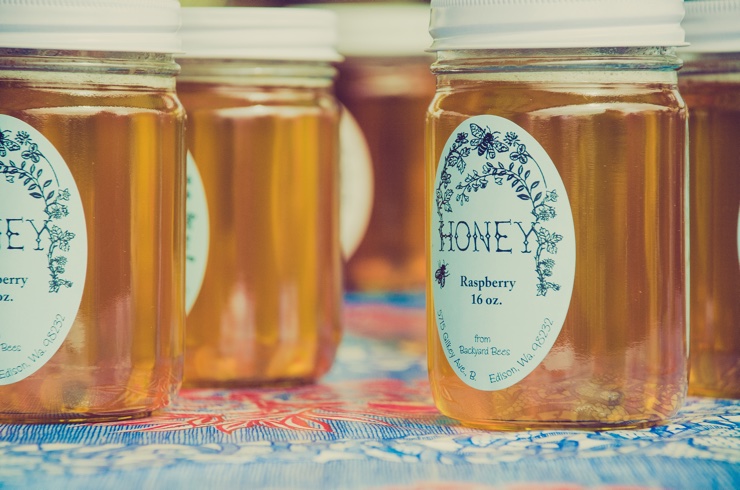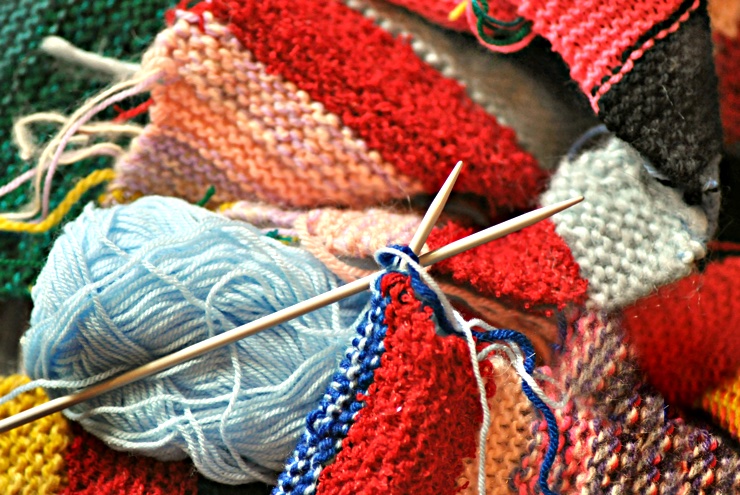Blog > 3 Easy Ways to Price Your Craft Products
Posted By Create

Handmade crafts are an antidote to the disposable culture of mass produced goods. Through making products by hand, crafters are bringing something unique into the world each time they sit down at their kitchen table, workbench or armchair and knit, sew, pour, cut, warm, cool, hammer, paint or mould their creation into life.
Customers love the idea that they’re buying something unusual, something unique, something that’s been made by a human being and not a robot. So why is it that so many crafters seem to have hangups about charging a reasonable price for their work?
Two fears lie at the heart of this: we’re frightened that customers won’t think as much of our creations as we do and, because of this, they won’t pay what they’re worth. So we price too low and, by doing that, set expectations in our customers that our work is only worth the price on the ticket.
The customer who sees a £5 tag on an exquisitely hand-woven textured throw assumes that the product is of no greater quality than the machined throws in Matalan and, in all likelihood, passes by without buying. A £50 tag on the same throw encourages customers to look closer because they’re expecting it to be something special. Many people can’t afford a £50 throw for their sofa, many others wouldn’t entertain it, but, by being special, the throw is much more likely to find its buyer.
Three Ps lie at the heart of building a profitable craft business -
- Pricing
- Premium
- Packaging

Pricing
How much does your craft product actually cost to make? Do you know for sure? Are you including everything? Many crafters make the mistake of taking the price of the materials they’re using and doubling it - this, they believe, gives them a 100% margin.
But there are many costs of doing business that have often not been included - a proportion of the cost of their online store (and any other software/online service costs) for example should be added, along with a fair share of advertising costs and any other hidden expenses they may incur. If you’re making a batch of 100 soaps and spending £50 to promote them using Facebook Ads, that’s 50p per item that needs to be included in the cost price.
Once you have an accurate cost price, you can then apply a margin, or a range of margins, to come up with your selling price, knowing that you will be making money if you sell in that range. For example, you might want to set your selling price at between 75% and 150% over the cost price so that you can alter it depending on where your product is being sold and whether you’re running a promotion.
This is much safer and more professional than using the “materials + 100%” approach, which could result in losing money overall.

Premium
However, there’s more to setting a price than that. Let’s imagine you were designing a range of container candles in glass jars. The cost of producing them could be pretty low, say £1.50 per candle, so you decide to sell them for £4.50 each - an impressive profit margin of 200%. However, assuming you can sell them at that price, you’re only making £3.00 per candle so you’d need to sell quite a few to make it worth the effort.
But what if you could sell the same candle for £10? To do this, it would need to have something about it that would make it worth more than the bog standard jam-jar candle. For example, it could be made using soy rather than paraffin wax and fragranced with essential-oil based scents instead of man-made oils. It could have a high quality, professionally printed, label and come in a box. All of these things signal that yours is a premium product.
Want Your Own Website?
Start Building Today!
No credit card needed. By submitting this form you agree to our T&Cs and Privacy Policy.The cost of making the product has risen, but the higher price you can charge more than makes up for this. Even if the candle in this example costs £4 to make, resulting in a drop in margin to 150%, your profit would be £6 per candle rather than £3 - much more likely to get you out of bed on a cold February morning to make some candles in your freezing garage!
Take a look in your local Sainsbury’s - you’ll find long-burning container candles in there for between £5 and £10, and yet the wood-wick candles made by The Virginia Candle Company sell for upwards of £20 a pop. Which of the two do you think makes more money per sale?

Packaging
You can signal that your product is of premium quality through the ingredients you use - whether they’re natural, organic, Fairtrade or whatever, but also by the way you present it. By having professionally designed and produced labels, containers, boxes, bags or leaflets, you’re demonstrating confidence in your product and its worth.
The same applies to your website. Create.net provides an excellent framework for building a high quality online store, but it’s up to you to include the finishing touches - top notch photos of your products, detailed descriptions and excellent customer service. All of these things help to give customers the right impression of you. It’s not our job as crafters to produce commodities, leave that to the mass manufacturers. It’s our job to bring gorgeous, useful, hand made objects into the world and make it an ever-so-slightly brighter place for having them in it.
Kevin Partner is Technical Director at MakingYourOwnCandles.co.uk which has the world’s biggest range of candle making kits. He’s also the best selling author of books on business including Your Craft Business: A Step by Step Guide which has helped thousands of crafters start up and run their own successful businesses. You can contact him at kev@makingyourowncandles.co.uk.

